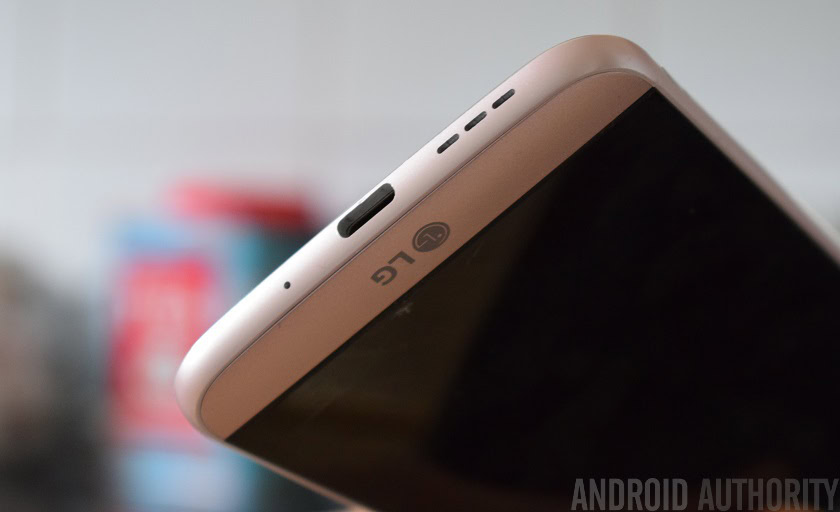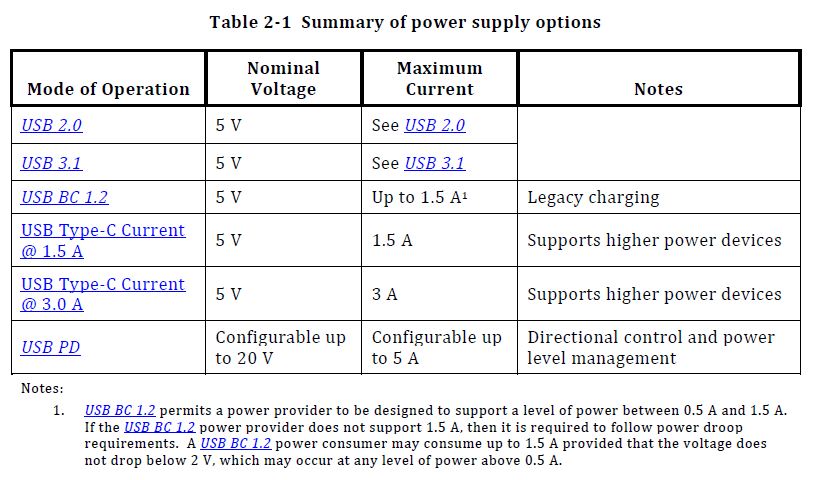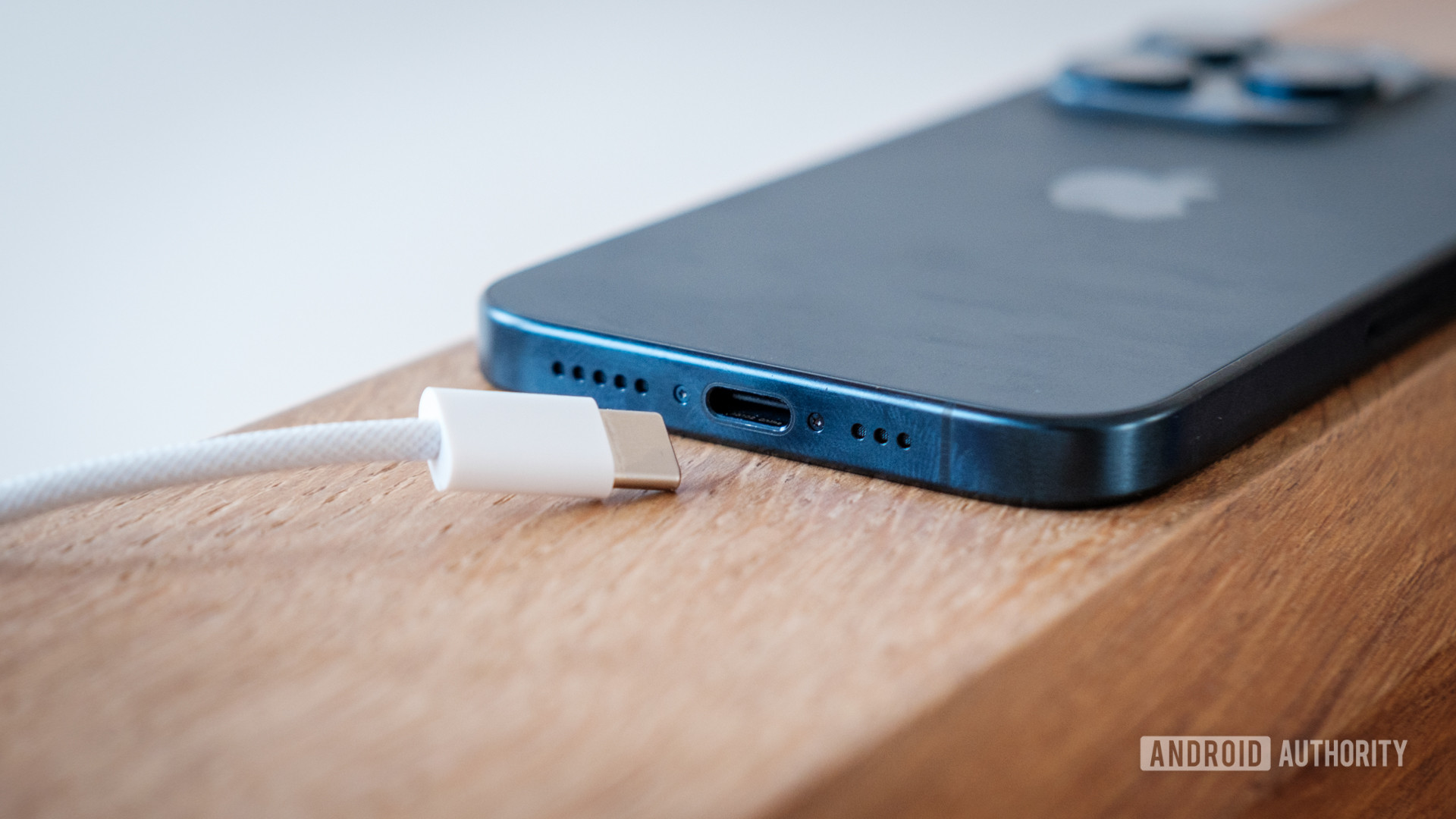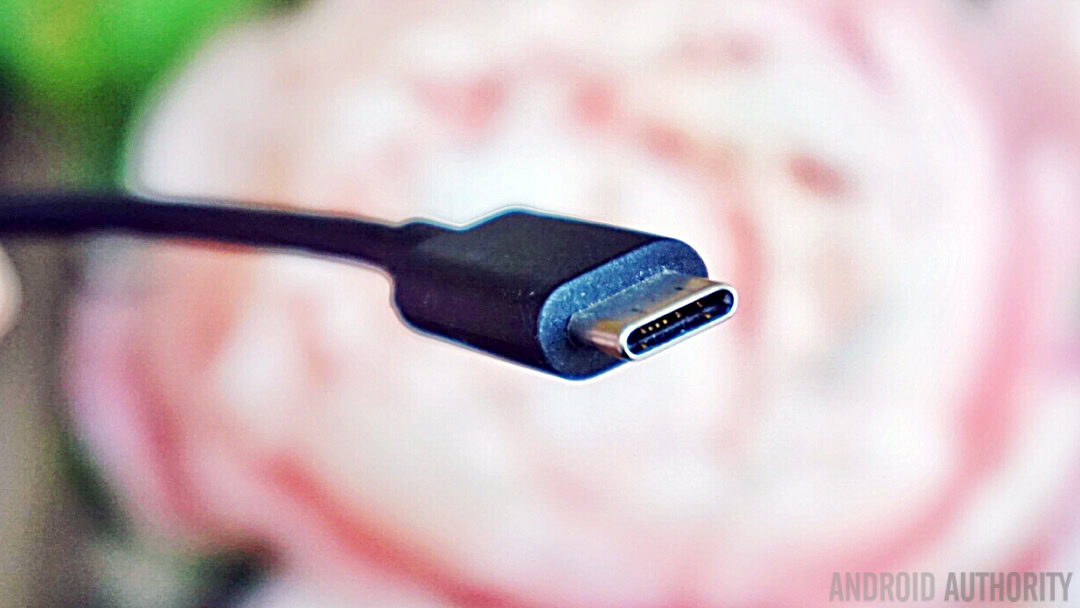Affiliate links on Android Authority may earn us a commission. Learn more.
HTC 10 and LG G5 breach the USB Type-C spec, but does it matter?
April 22, 2016

The introduction of USB Type-C has not been particularly seamless, with questionable accessories already causing consumer confusion. Benson Leung, the very same guy who tested all of those questionable Amazon cables, is back with a criticism about a couple of this year’s flagship smartphones that sport USB Type-C ports – such as the new HTC 10 and the LG G5.
The issue this time around is related to the Quick Charge 3.0 technology on-board these new smartphones. The USB Type-C 3.1 specification specifically states that the port’s Vbus line should be held between 4.45 and 5.25 volts. However, Qualcomm’s Quick Charge improves charging speeds by boosting this voltage to 9 or 12 volts, which clearly breaches the port’s baseline specifications.

What’s particularly interesting about this situation is that there is already a separate, optional Power Delivery specification that can be attached along with regular within the USB Type-C standard. This accommodates Vbus voltages in excess of the regular 5 volts, for faster charging above the 3A USB fast charge option. So higher voltages are already catered for, however this operates a little differently to Qualcomm’s Quick Charge, with its own communication and handshake protocols.
Given that Quick Charge is supported in high-end Snapdragon chipsets, it’s probably just cheaper and easier for manufacturers to implement this specification, rather than paying up to match the USB power spec. Despite the fact that higher voltages will work along with the USB Type-C standard, devices that promise USB Type-C compliance but offer higher voltage charging modes without also meeting the USB Power Delivery requirements are technically breaching the specifications.
Is this really a problem?
This certainly means that the two standards are completely incompatible with one another on a single device. Both charger accessories and chargeable devices have to implement specific hardware and software requirements in order to communicate between each other successful in both standards. Fortunately, this makes it unlikely that there will be any danger resulting from attempting to use chargers across devices.
Unlike the USB cable problem that identified incorrect resistor values within high power charging cables, both Quick Charge and USB Power Delivery require a digital handshake and then the correct commands to be exchanged over the USB data lines (D+ and D- lines) between the charger and device in order to configure a higher rate of charging. If the handshake does not occur or the correct information is not exchanged, this standards will default to provide their bare minimum amount of power, which is likely to be a very smartphone friendly 5V 1A output.
USB Power Delivery only operates when two USB Power Delivery devices are directly connected. When a Device finds itself a mixed environment, where the other device does not support the USB Power Delivery Specification, the existing rules on supplying vSafe5V as defined in the [USB 2.0], [USB 3.1], [USB BC 1.2] or [USB Type-C 1.2] specifications are applied. – USB Power Delivery Specification Revision 2.0, page 64
Consumers that stick to properly certified accessories and the chargers provided with their devices will certainly be safe. However, the situation might become a little more complicated when it comes to third party accessories, as these have a history of failing to meet the proper USB specifications anyway. It might be best to steer clear from them for now.

Furthermore, customers are not necessarily going to be aware of the differences between these fast charging technologies, and may attempt to use different cables and chargers across different devices with different results. At the very least, this is going to lead to some confusion over slow charging times and accessory compatibility.

In summary, this is really just a continuation of the situation with micro-USB and older Quick Charge versions, as Qualcomm’s proprietary technology has always extended the USB standard, rather than being a part of it. The really confusing part is that USB Type-C now has its own fast charging options too. Powering up Type-C phones via a normal 5V USB connection shouldn’t present any problems, we are simply looking at two competing standards for gadget fast charging.
Customers should just be aware that accessories that promise to quickly charge up USB Type-C devices won’t work with Quick Charge 3.0 smartphones, and Qualcomm chargers that quickly juice up your handset certainly won’t work with other Type-C devices.
What do you think, is it an issue that OEMs are breaking the standard? Or no big deal? Share your thoughts down in the comments.